Chart Of The Day: The Great American Downsizing
The best-selling nameplates in America may still be pickup trucks, but for the first time in nearly a decade, cars and car-based crossovers are outselling the body-on-frame competition. The shift occurred in the second half of 2007, as gas prices built to their Summer 2008 peak, and despite more reasonable energy prices, consumers do not appear to be going back to large trucks and SUVs en masse. And, as Automotive News [sub] reports, the downsizing of America’s buying tastes is doing more than just putting a fork in the SUV fad.
It should come as no surprise that car-based crossovers are the leading cause of this decline in SUV sales… we don’t call them “the methadone of SUV addiction” for nothing. According to AN [sub], car-based vehicles (including CUVs) make up a full 77 percent of the market, as trucks and SUVs fell from 31 percent of the U.S. market in the first half of 2007 to about 23 percent this year. In that same time period, truck-based SUVs have fallen from about 13 percent to about eight percent.
Meanwhile, small cars nearly closed the gap with midsize cars during the height of gas prices in 2008, and the two segments are still closer in volume than they’ve been in decades. Furthermore, AN [sub] points out that, even within a given segment, buyers are downsizing. Large luxury cars like the Mercedes S Class are losing out, as smaller luxury sedans like those in the BMW 3-Series segment improve their performances. Sporty car segments are being dominated by cheaper options like the Mustang and Camaro, and the large-car segment is not recovering as well as the midsize segment, suggesting that buyers are generally looking for smaller, less ostentatious options. As one Lexus dealer puts it
We’ve got people trading Lexuses for Camrys
But here’s the real kicker: though Americans appear to be slowly trading down vehicles, transaction prices are actually rising. That’s because the uptick in compact car sales is largely driven by consumers who are willing to downsize, but refuse to give up the features and options they once enjoyed. With more and more technology and options available in the compact segment, Americans can buy less car with more features… and they are.
The lesson then, is a strange one. With sales holding steady at relatively low levels, it’s clear that poor economic conditions are keeping buyers out of the market. But the buyers that are in the market aren’t spending less per se… they’re simply trending towards smaller, less flashy vehicles. Are these buyers consciously trying to project a more austere image? Do they think they’re getting more car by buying less space and more features? Or are we simply returning to some semblance of normalcy after a long sojourn in the time of giant SUVs and showy luxury cars? Whatever the reason, analysts figure the downisizing trend is here to stay. Given the looming CAFE standard increase, the fact that Americans are buying smaller but paying more is some of the best news the industry has had for quite a while.
More by Edward Niedermeyer
Latest Car Reviews
Read moreLatest Product Reviews
Read moreRecent Comments
- Redapple2 I think I ve been in 100 plants. ~ 20 in Mexico. ~10 Europe. Balance usa. About 1/2 nonunion. I supervised UAW skilled trades guys at GM Powertrain for 6 years. I know the answer.PS- you do know GM products - sales weighted - average about 40% USA-Canada Content.
- Jrhurren Unions and ownership need to work towards the common good together. Shawn Fain is a clown who would love to drive the companies out of business (or offshored) just to claim victory.
- Redapple2 Tadge will be replaced with a girl. Even thought -today- only 13% of engineer -newly granted BS are female. So, a Tadge level job takes ~~ 25 yrs of experience, I d look at % in 2000. I d bet it was lower. Not higher. 10%. (You cannot believe what % of top jobs at gm are women. @ 10%. Jeez.)
- Redapple2 .....styling has moved into [s]exotic car territory[/s] tortured over done origami land. There; I fixed it. C 7 is best looking.
- TheEndlessEnigma Of course they should unionize. US based automotive production component production and auto assembly plants with unionized memberships produce the highest quality products in the automotive sector. Just look at the high quality products produced by GM, Ford and Chrysler!





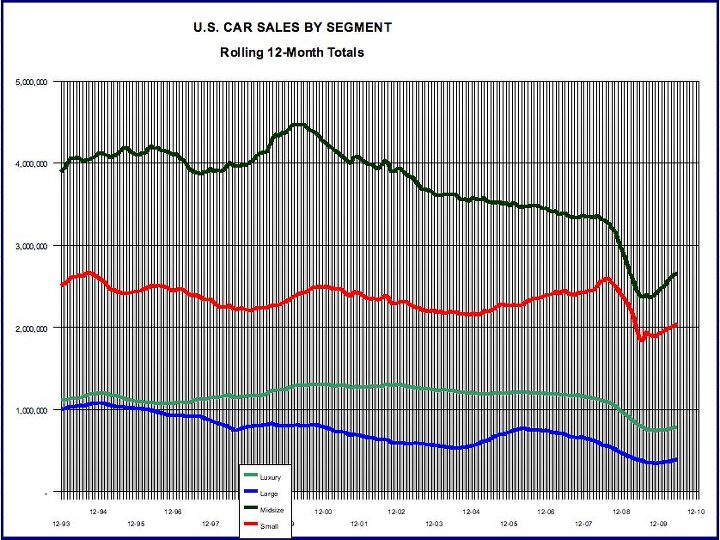

















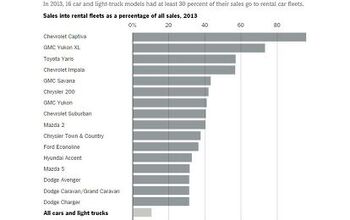
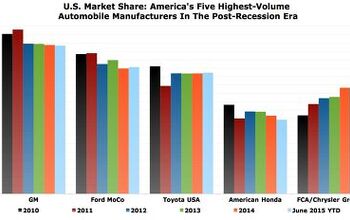
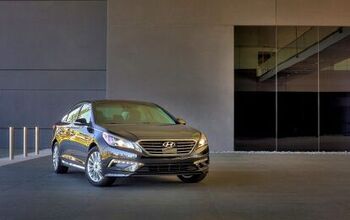
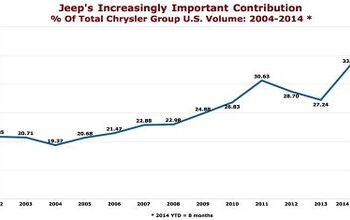










Comments
Join the conversation
The speculation on people returning to "urban cores" is all off in my opinion. What drives the decline in commuting is telecommuting or working from home. That is the trend for the 2010's and beyond. I work at a Fortune 200 company that has been among the most hostile to this trend, until this year. Now they can't get people out of the buildings fast enough. Others are way ahead of us, shutting facilities, saving $ and making employees happier in the process. As for smaller cars, I just see the Europification of our cars. In America, size was king, and small cars were almost always low-end, no-frills machines. Now every car has ABS, a CD changer, airbags galore, traction control, climate control etc. So Americans find that they can move down in size, without losing creature comforts. They may also find that a Civic is bigger than an Accord was and so they are shifting back to where they were in many ways. Heard from someone that the next gen Accord is slated to be smaller...and will match the Euro Accord/TSX.
GM was so far ahead of this game, but decades too early for American tastes. My uncle had a 1961 Buick Skylark as his commuter. 215ci all aluminum V-8, power everything and lots of chrome, a "premium" truly compact car, not the bloated Skylark that followed. Mom has a '72 and its huge.